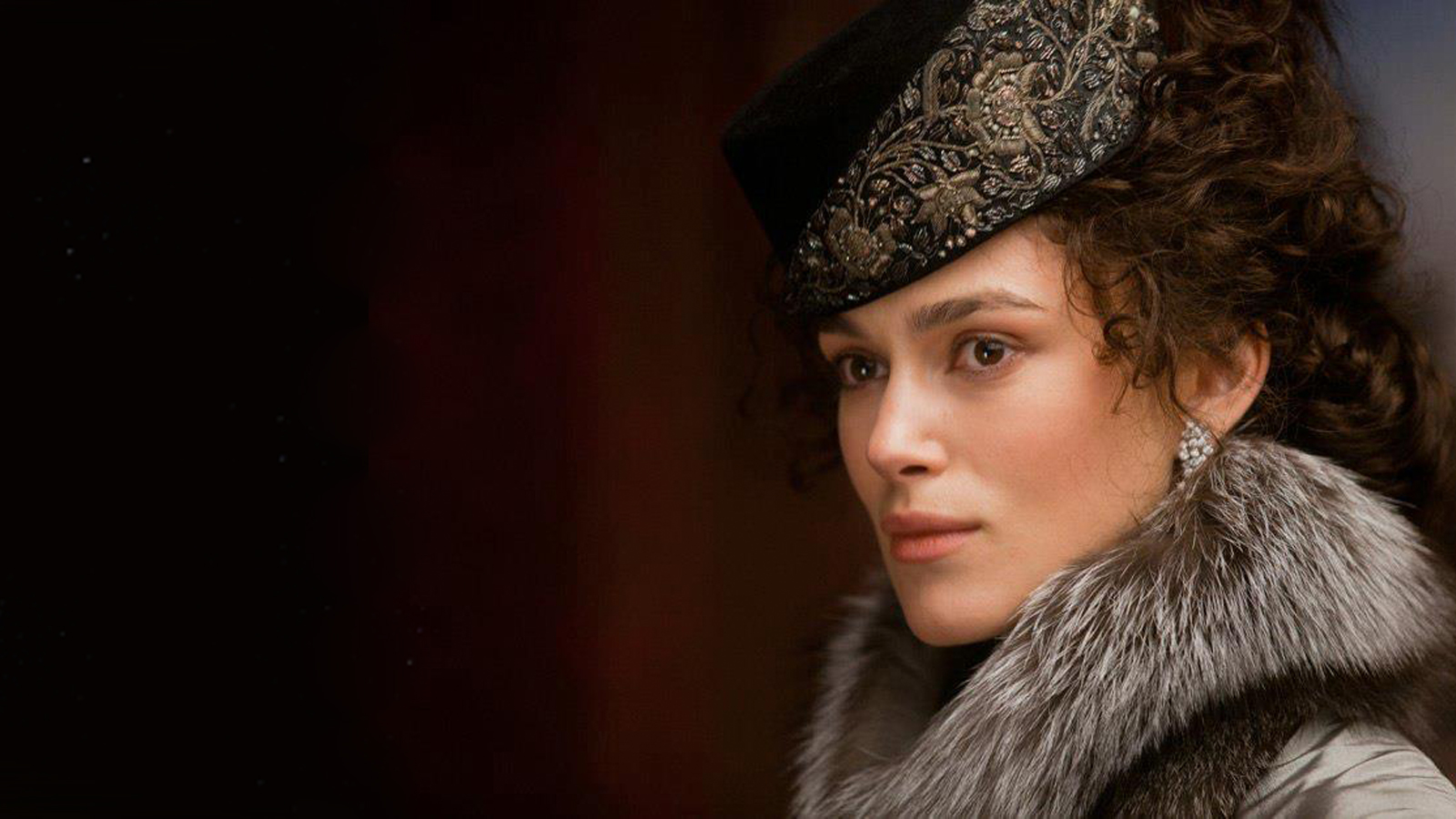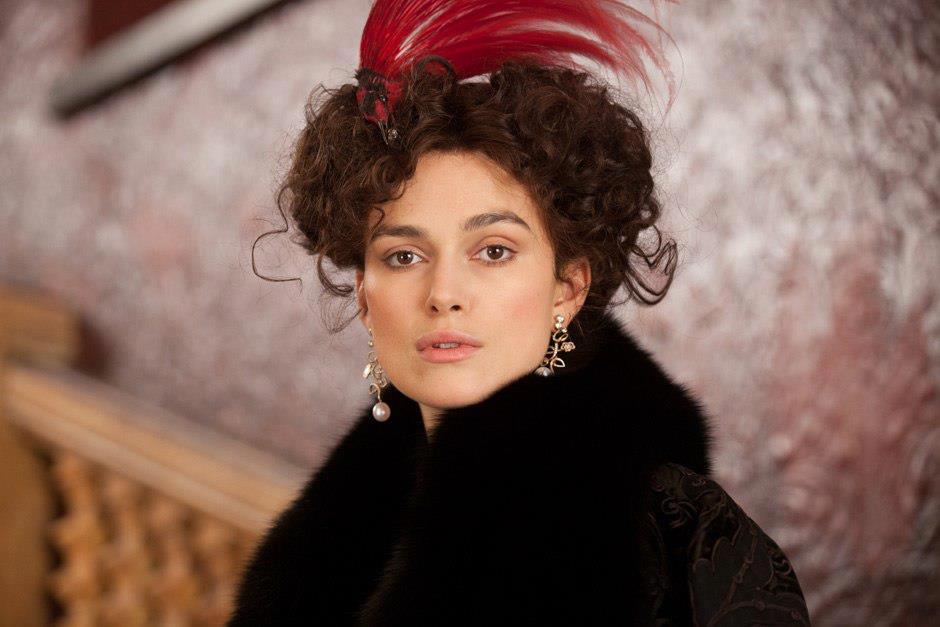|
This may sound a bit
strange, but bear with me – watching Anna
Karenina, you might just be weirded out. In a strange way, Anna Karenina reminds me of those oh-so
holiday movies, Valentine’s Day and Love
Actually. Essentially, the story
revolves around three couples – Anna (Keira Knightley) and her husband
Alexei
(Jude Law), Stiva (Matthew Macfadyen) and his wife Dolly (Kelly
Macdonald), and
Kitty (Alicia Vikander) and her suitor Konstantin (Domhnall Gleeson).
And then
there’s the guy who pretty much causes all the conflict in the film and
story,
Count Vronsky (Aaron Taylor-Johnson).
The lives of these
seven characters are intertwined and interconnected in complex ways.
For
example, towards the start of the film, Kitty is infatuated with Count
Vronsky,
and Count Vronsky is likewise interested in Kitty. Upon meeting Anna,
however,
Vronsky’s affections stray, and he finds himself in adoration of Anna,
which is
very much a sin as she is a “virtuous” woman, bound to Alexei by law.
Nevertheless, Anna eventually gives into temptation, and she begins an
adulterous relationship with Vronsky – an act that leads her into a
downward
spiral, and to her downfall.

Anna
Karenina
is a fascinating film. I haven’t quite explained why audiences of Anna Karenina might feel weirded out,
but I will now. Fans of British director Joe Wright’s work may expect
his
latest film to be a straightforward romance, perhaps peppered with
intrigue.
Intrigue, however, is perhaps the greatest point of emphasis in this
film. In Anna Karenina, high society is a stage.
In the film, no space feels real. Spaces are either too small, too
surreal, or
too boxed in. There is not one single frame in the whole film that
feels like a
real space. Rather, every space feels more like a manifestation of a
psychological
state. Spaces shift seamlessly, as curtains in a room become the
curtains in a
carriage, and as screens on a stage turn into expansive natural
landscapes.
The surrealistic
feel of Anna Karenina can also be
found in Wright’s interpretation of movement and rhythm in the film. In
Anna Karenina, every routine in life is
a choreographed dance, and every aspect of life is some kind of
performance.
The only thing that does feel real in Anna
Karenina is the performance of the actors. It is therefore
unsurprising
that Anna Karenina feels more like a
play than a film. You can still feel the emotions of the characters,
but the
spaces are too surreal to be compared to the realistic spaces that are
usually
represented in conventional films.

Getting away from the
theory behind the film, I would only recommend Anna
Karenina to those who like to watch films that are challenging
to understand. If you’re looking for a typical romance, and feel
persuaded to
choose a film that stars Keira Knightley and Jude Law, which may
therefore be
“safe”, you may be in for an unwanted surprise. Anna
Karenina is not straightforward in any sense; every scene in
the film feels like it’s an abstraction, and like it’s trying to say
something
that cannot be found merely in what is shown and said. Anna
Karenina is a film suited best to those who love films that
leave them thinking – for what feels like an eternity.
|